Let’s be real, GIFs run the internet. From that perfect reaction in a group chat to eye-catching visuals in a marketing deck, they’re more than just fun, they’re strategic tools. But when it comes to turning a video into a clean, scroll-stopping GIF, that’s where most people hit a wall. The internet is packed with tools that crash mid-way, slap on watermarks, or require way too much effort to figure out. I’ve tested dozens of platforms through tutorials, client projects, and content work, so what you’re getting here is hands-on, no-fluff advice. This guide walks you through exactly how to make GIF from video using free, reliable tools that actually get the job done.
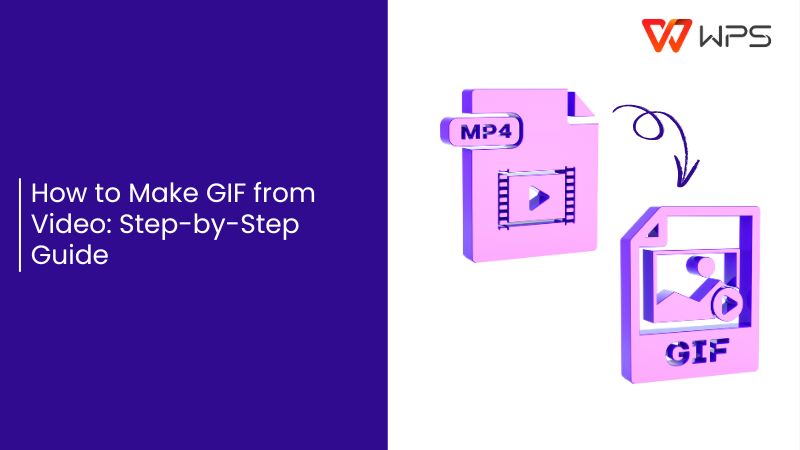
Best Free Tools to Make GIF from Video
Before we get into the step-by-step instructions, let’s explore the best free platforms available to help you make a video a GIF. Each of these tools functions like a GIF creator app, offering a unique set of features, some focus on speed, others on customization, so you can pick what fits your needs best.
Canva GIF Converter
Canvaisn’t just for posters or social media graphics anymore. Its MP4-to-GIF converter is easy to use and surprisingly effective for quick, professional-looking GIFs. I like using Canva when I need to keep things clean, minimal, and brand-consistent. You don’t need to install anything, and the drag-and-drop interface makes things a breeze.

It’s also great if you’re trying to learn how to make GIF from video without diving into complex software. Plus, it supports high-resolution exports, which is perfect for presentations or web embeds.
Features:
Convert short videos (up to a few minutes) into looping GIFs: Supports seamless looping for short clips, making it ideal for quick highlights or repeated visuals.
Built-in crop, trim, and text tools: Offers easy in-browser editing to refine video length, adjust framing, and overlay text without third-party apps.
Ideal for clean, visually consistent GIFs:Templates and design elements help maintain a cohesive, branded aesthetic across all GIFs.
Pros:
Extremely user-friendly interface
High-resolution export supported
Great for social media or presentations
Cons:
Requires account sign-in
Doesn’t handle long videos well
Limited animation controls compared to pro tools
Canva is perfect when I want a polished GIF without tweaking every single frame. It’s my go-to when working with tutorials or marketing visuals. Its balance of ease and design precision makes it a reliable choice for creating high-impact, brand-aligned content quickly.
FreeConvert
FreeConvertis a lifesaver when you want something quick and flexible without the fluff. It’s one of those rare tools that actually does what it promises. I often turn to it when I have clips saved on my laptop that need minimal editing but decent compression and size controls. It’s especially useful when learning how to make a video a GIF with precise frame rate settings. Plus, it supports multiple file formats, making it a solid option for both beginners and casual creators.
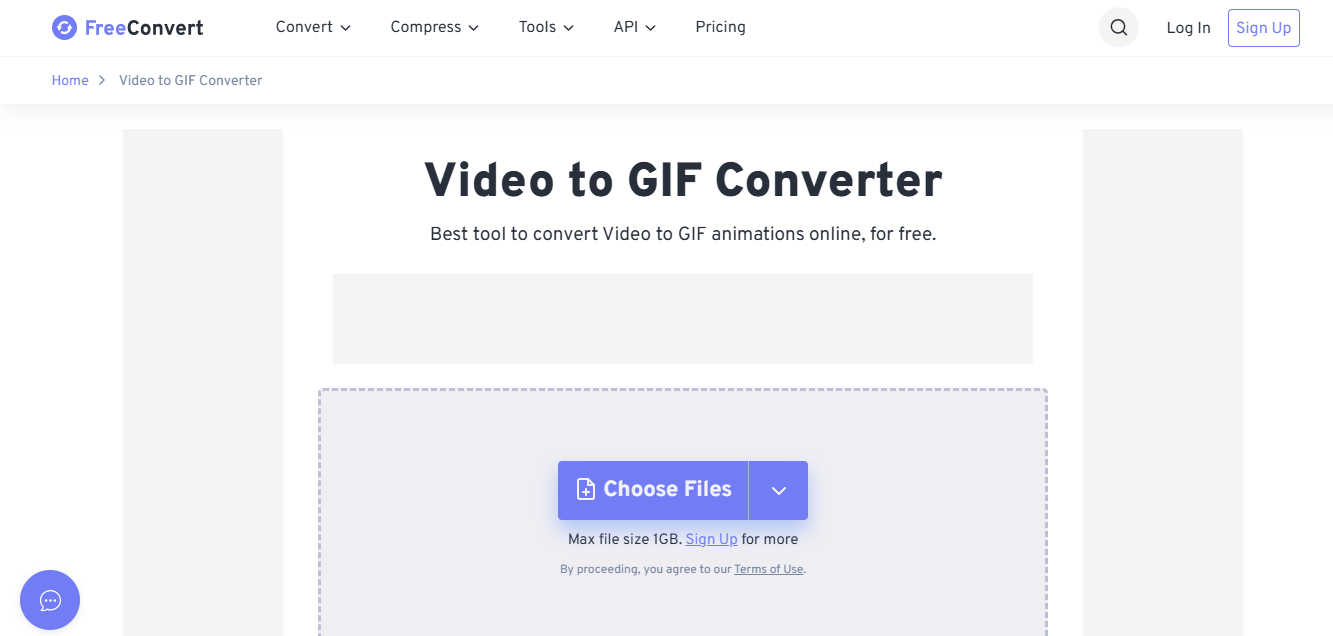
Features:
Upload videos up to 1GB: Handles large video files with ease, allowing smooth conversion without needing to compress beforehand.
Frame rate adjustment and compression options:Offers detailed control over playback smoothness and file size, helping optimize GIFs for different platforms.
Supports trimming, resizing, and cropping:Includes essential editing tools to fine-tune clips before turning them into GIFs, all within the browser.
Pros:
No login required
Excellent file format support
Gives you detailed control over output
Cons:
Interface isn’t as intuitive as Canva
Annoying ads on the free plan
Output speed can vary depending on file size
When I need a GIF that’s short, light, and shareable in different sizes, FreeConvert is often the fastest solution that doesn’t break or glitch. Its clean interface and direct output options make it ideal for quick turnarounds without compromising quality.
Atlassian x Loom
Loom, paired with Atlassian's collaborative focus, makes recording and exporting GIFs really seamless. I mostly use Loom when I’m trying to explain a quick process or record a bug for a client. With just a few clicks, you can turn a recorded screen session into a compact, looped GIF. It's especially helpful when learning how to make GIF from video for tutorials or walkthroughs.
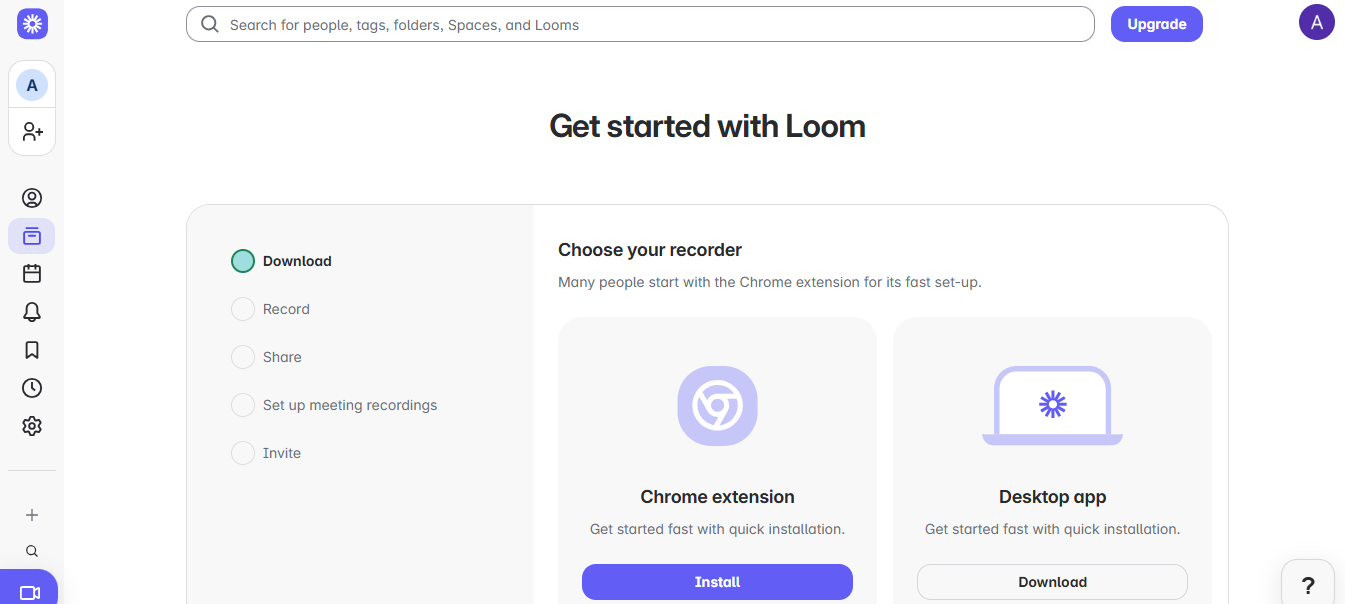
The platform auto-generates clean exports, and the cloud-based access means no need to download heavy files. Plus, it integrates well with team workflows, making sharing and feedback almost instant.
Features:
Record webcam or screen: Allows you to capture live demos, walkthroughs, or reactions with minimal setup directly from your browser.
Export recording directly as GIF: Instantly converts screen or webcam recordings into looped GIFs without needing third-party editing tools.
Share links instantly with a team: Generates a shareable link right after recording, making collaboration and feedback super efficient.
Pros:
Excellent for tutorials and bug reports
Super clean export
Smooth recording with minimal lag
Cons:
Limited editing features
Needs installation or browser extension
Slight delay in processing large files
Loom works best when I want to communicate fast. It’s especially handy for software walkthroughs or feedback sessions that need quick visuals. The ability to record, convert, and share in one flow makes it a go-to for real-time collaboration and streamlined communication.
How to Prepare Your Video for GIF Creation
Alright, so now that you know what tools you can use, let’s talk about the actual video file. You might not always have it downloaded. If your clip is sitting on YouTube or another streaming site, you'll need to download it first. That’s where a lot of people get stuck.
Toolsmart AI: The Hassle-Free Downloader
Toolsmart AI YouTube Video Downloader has saved me time and stress. It doesn’t throw annoying pop-ups in your face, and it works directly from the browser. You can download in different resolutions, and it supports a variety of formats, which is ideal when preparing the video to make a video a GIF.

There’s no sign-up process, so you can get started immediately without any friction. It handles both short clips and longer videos without freezing or breaking midway. Plus, the interface is clean and intuitive, making it beginner-friendly even for first-time users.
Step-by-Step Guide to Download Videos:
Here’s an easy step-by-step guide on how to use this tool
Step 1: Open the video you’d like to download, click on the “Share” option below it, and select“Copy Link” to grab the video’s URL.
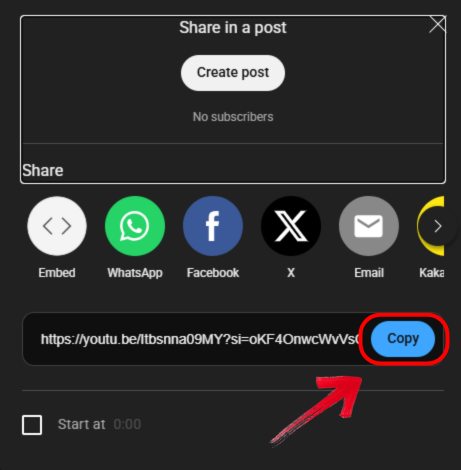
Step 2: Then go to the official website of Toolsmart YouTube Downloader on your browser.
Step 3: Then, just drop down the copied link into the source box on your screen.

Step 4: Once done, click the“Download” button, and you’ll see a list of available resolution choices appear underneath.

Step 5: Choose your preferred video resolution, then click the “Download” button beside it to start saving the file.
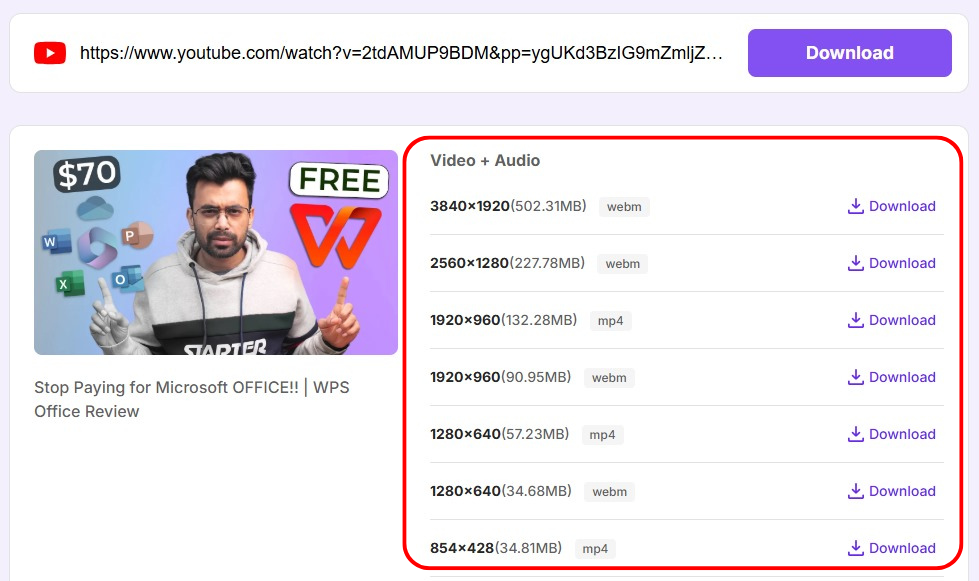
Toolsmart AI honestly feels like the cleanest route when I’m trying to grab short clips for content work. It’s reliable, safe, and doesn’t ask you to install shady software. The download process is smooth, works across browsers, and supports multiple resolutions, making it perfect for prepping videos before turning them into GIFs.
Step-by-Step Instructions for Converting Video to GIF
You’ve got your video downloaded and the tools ready. Now let’s walk through how to convert your video into a GIF, step by step, using each of the tools we covered.
Canva
If your focus is on visual clarity and style, Canva is the best fit. It allows you to add text, adjust timing, and tweak aesthetics easily.
Step 1: Open Canva’s GIF Maker page and upload your video.

Step 2: Trim the clip to your desired length and adjust the size, speed, and layout.
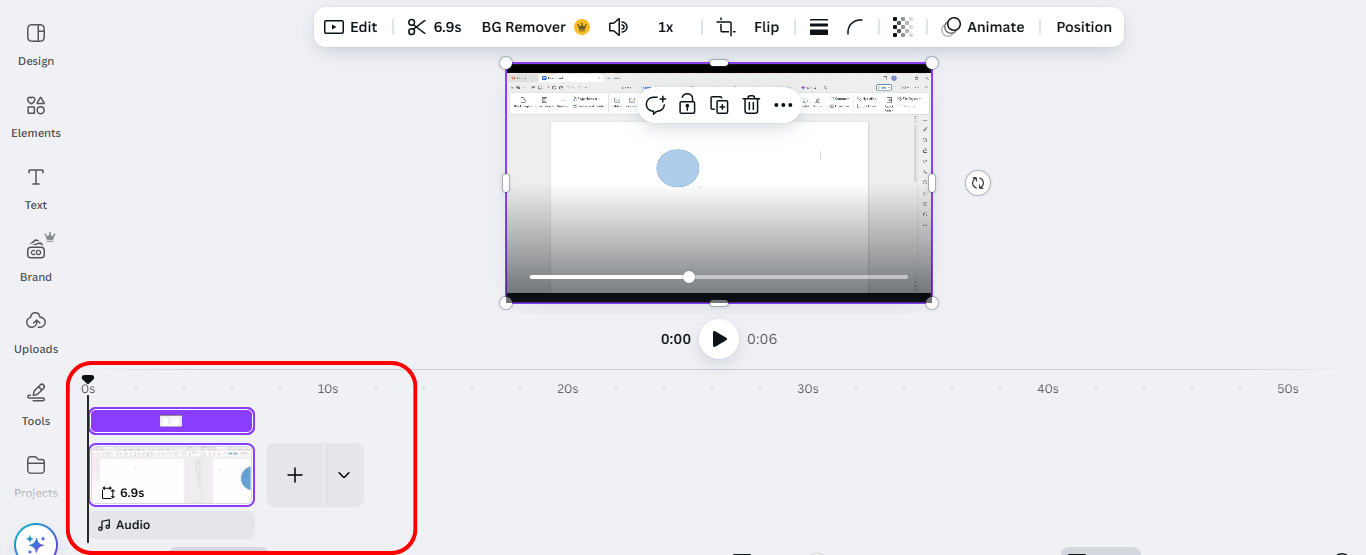
Step 3: Click “Download” from the top right of your screen and choose GIF format.
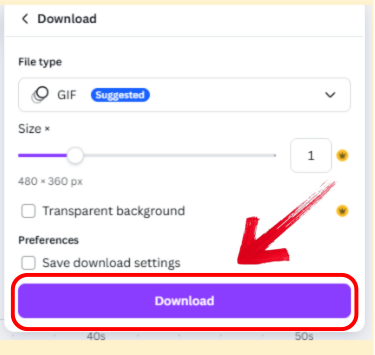
Canva is smooth and always gives me a crisp final result. It feels more like editing a presentation than messing with code or settings.
FreeConvert
This tool is best when you want full control over size, duration, or frame rate. I use it when a platform has strict upload limits or size requirements.
Step 1: Go to the FreeConvertvideo to GIF tool and upload your video file.
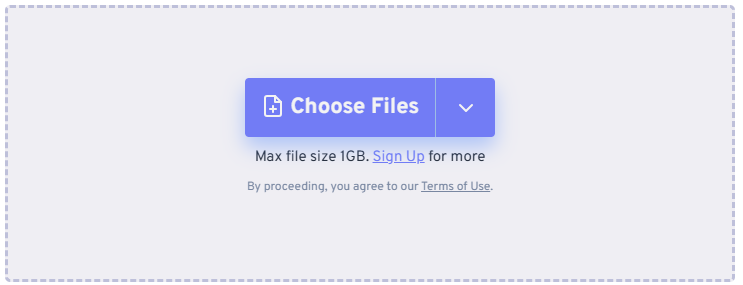
Step 3: Use settings to adjust frame rate, crop area, and duration.
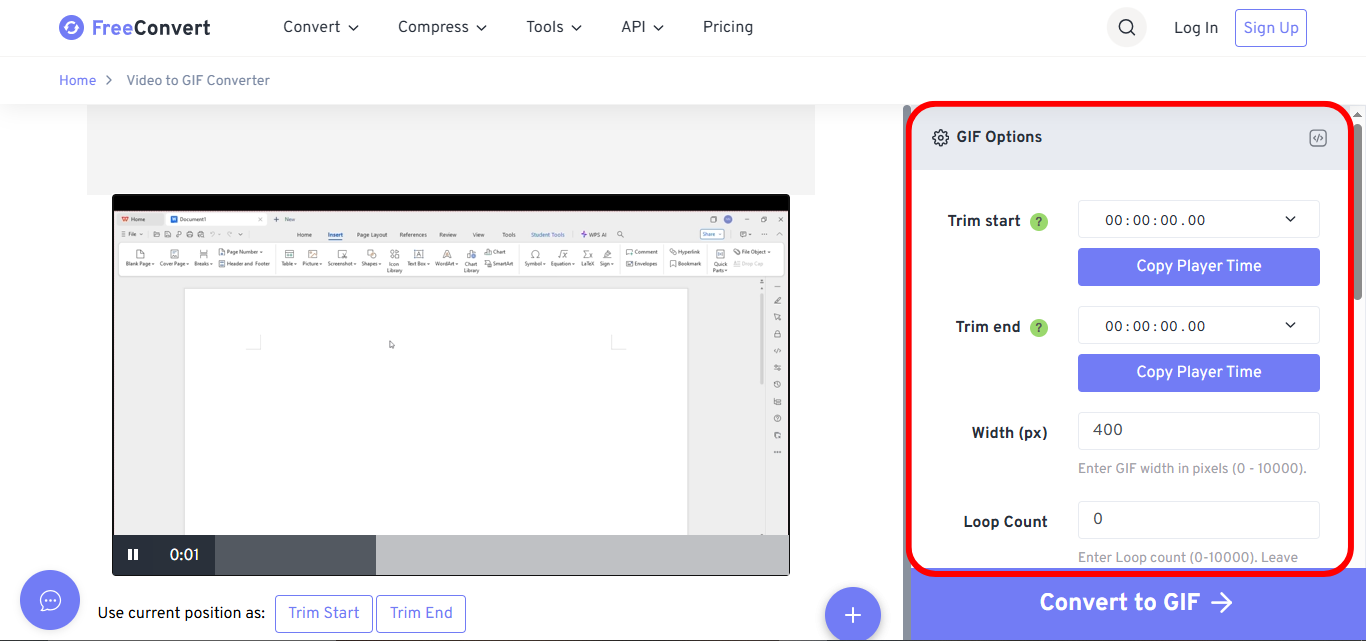
Step 4: Click “Convert to GIF”, then download the result.
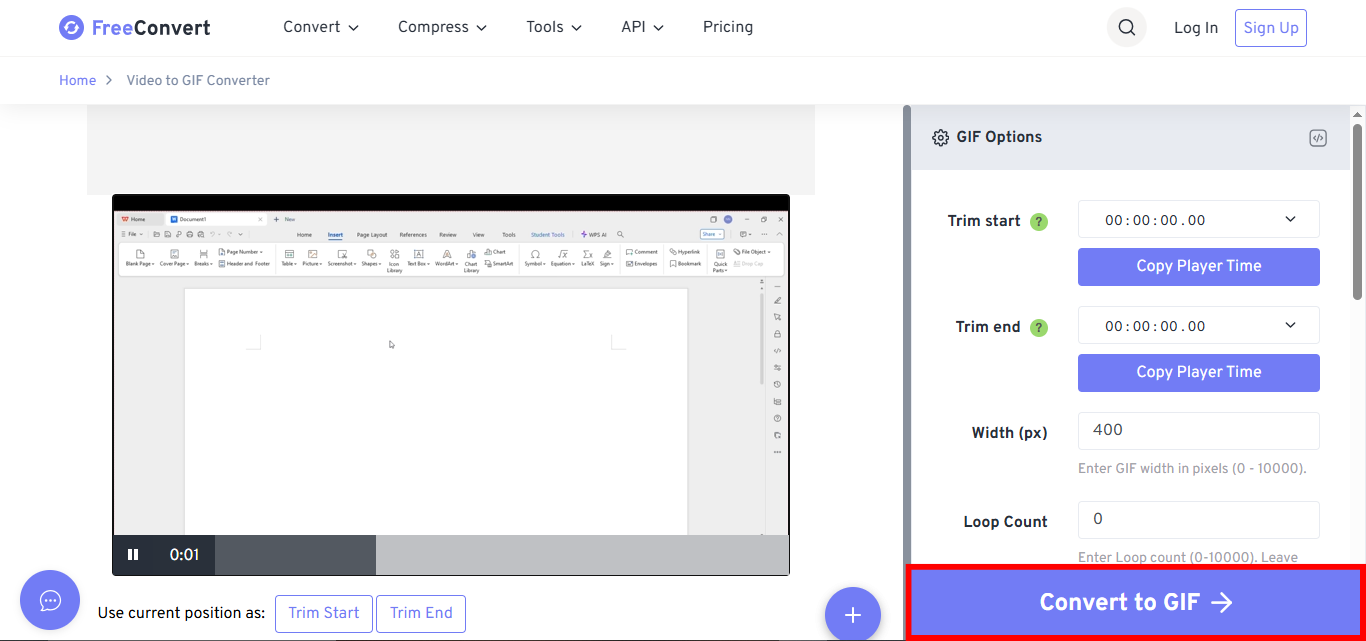
Sometimes I just want the fastest route from video to GIF, and FreeConvert delivers. It’s not pretty, but it gets the job done.
Loom
Loom is great for screen-recorded GIFs, especially if you’re explaining or showcasing software.
Step 1: Start a new Loom recording of your screen or webcam.
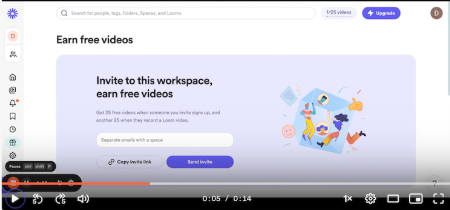
Step 2: Once finished, go to Loom settings and turn the “Animated thumbnail” toggle on.
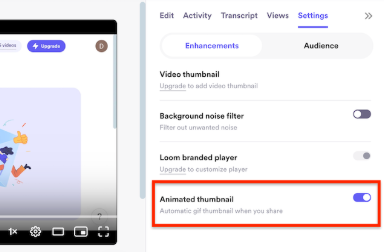
Step 3: Now simply click the “Save”button to download the video.
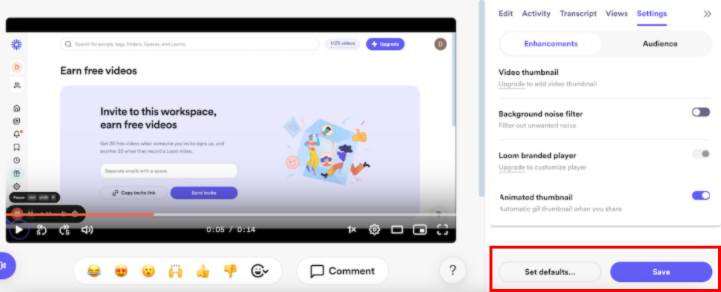
Loom is a time-saver when I’m working with team updates or product guides. The built-in GIF export is way more helpful than I expected.
FAQs
Q1: What’s the best free tool for creating GIFs online?
Canva and FreeConvert are both excellent, with Canva focusing more on aesthetics and FreeConvert on file control.
Q2: What’s the ideal length of a GIF?
Keep it between 2 to 6 seconds. Anything longer may lag or be rejected by certain platforms.
Q3: Can I make a GIF from a YouTube video directly?
Not directly, but with Toolsmart AI, you can safely download the video first and then use a converter.
Q4: Are these GIF tools mobile-friendly?
Canva has a reliable mobile app. FreeConvert works best on desktop. Loom works on mobile too, but with limited options.
From Clip to Loop—Your GIF Journey Made Simple
In this guide, we explored how to make GIF from video using three top-notch tools: Canva, FreeConvert, and Loom. Each tool has its own strengths, from clean design and aesthetics to advanced custom settings and direct screen recording. But none of it works if you don’t have access to the video you want to convert. That’s why I recommend using Toolsmart AI YouTube Video Downloader before anything else. It makes the whole process smoother. Once you have your clip, converting it into a shareable GIF takes just a few clicks. With the right tools and this guide in hand, you’re all set to create scroll-stopping GIFs for any platform you like.

